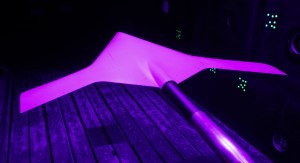Lightweight aircraft are needed to reduce the fuel needed for flight and thereby reduce emissions and operating cost.
Composite aircraft can be part of the solution but currently take much longer to produce than traditional metal aircraft. Additionally, the worldwide aircraft fleet is expected to double by 2040, and current composite aircraft manufacturing techniques won’t be able to keep up.
Composites perform better than metals in many respects – by being lighter, allowing higher cabin pressure and larger windows, reducing maintenance cost, and allowing thin wings for reduced drag.
But they also are currently more expensive and slower to produce. HiCAM plans to enable high-rate production with reduced cost and no weight penalty relative to 2020 technologies.
HiCAM partners with the breadth of industry stakeholders: from U.S. transport aircraft manufacturers to composite material suppliers, to engineering software developers.
Partners also include universities conducting aeronautics research and development, which helps grow our future workforce, as well as other government stakeholders and interested parties.
Kicked off in 2021, HiCAM is working in two phases: technology development from 2022 to 2024 and technology demonstration until the project’s conclusion in 2027.
For more details on how and why HiCAM is conducting its research, click here for a detailed overview presentation.






























